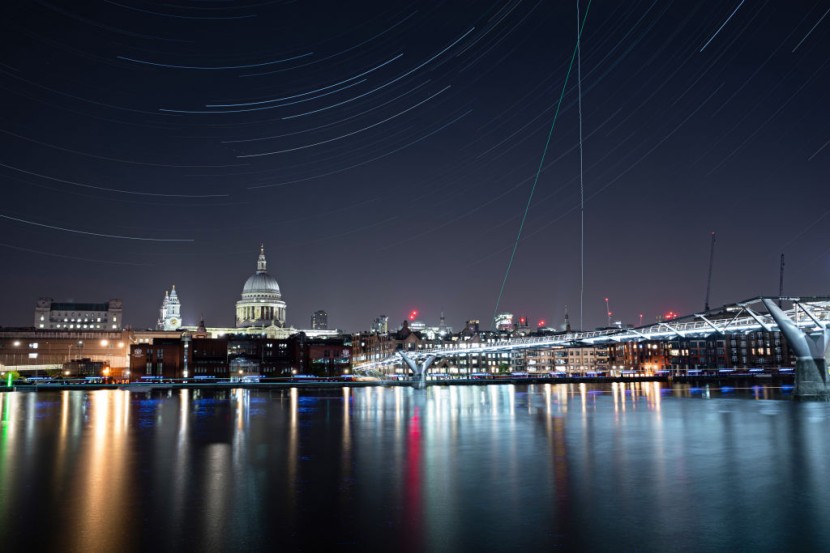
Hundreds of shooting stars will burst throughout the night sky this week prior to Saturn and Jupiter's amalgamation on December 21, creating the first "Christmas star" in 800 years. The two cosmic events would be witnessed across Australian skies from December 14 to December 21 in a significant week for Astro-enthusiasts.
'Christmas Star'
In the midst of a difficult year, the event is reportedly a perfect sign of hope coming to the Manitoba sky before Christmas.
The planets Saturn and Jupiter will align on December 21, appearing to form one large star.
The Great Conjunction is nicknamed the "Star of Bethlehem" or "Christmas Star.
A "once-in-a-lifetime" sighting of this measure would not occur again until 2080 and then sometime following 2400.
The Christmas Star has not been seen by humans since the year 1226 AD, which underscores its proportion.
The Christmas Star is not actually a star, but it is Jupiter and Saturn aligning right with Earth, appearing to coalesce as one bright beacon of light, reported Only in Your State.
John Maclean from Exeter Observatory, who is also a fellow of the Royal Astronomical Society, stated the Christmas Star is a conjunction of the two aforementioned planets where they will appear so close together that they will look like one object in the early evening sky of December 21.
According to Maclean, ''This conjunction has not happened since December 1623 although that one was not visible due to being so close to the Sun at that time. The last time a visible 'Great Conjunction' took place was in 1226 hence this year's event being the 'first' for 800 years. This month's conjunction will be at 1:30 PM, and the planets will be just 0.06 degrees apart in the South West, so during daylight hours," reported DevonLive.
In 1226 AD, the medieval Kingdom of Mapungubwe was still flourishing in South Africa and Europe's north in the Dark Ages.
On the winter solstice, the planets of Saturn and Jupiter will appear to be one gigantic shining star while actually 450 million miles apart.
The Christmas Star appeared in 1623 but could not be witnessed from Earth, and prior to that, the phenomenon earlier transpired on March 4, 1226.
According to astrologers, it would not be witnessed again for 60 years. This reportedly makes it a once in a lifetime event for star lovers.
Also, according to University of Arizona Regents Professor of Planetary Sciences Renu Malhotra, "I think it's going to look more like a snowman. The two biggest planets in the solar system, from our point of view, are going to look like they're really, really close," reported 12 News.
The gas giant planets Saturn and Jupiter will be witnessed a tenth of a degree apart in the evening sky.
This conjunction transpires approximately every 20 years. This 2020, the two planets will appear the closest they have been in nearly 400 years.
The initial event is the yearly and popular Geminid meteor shower, lighting up local skies from 2 AM on Monday as our planet passes through an asteroid's tail.
Related Article : Earth Stargazers To Witness Best Meteor Shower Of The Decade On May 23








